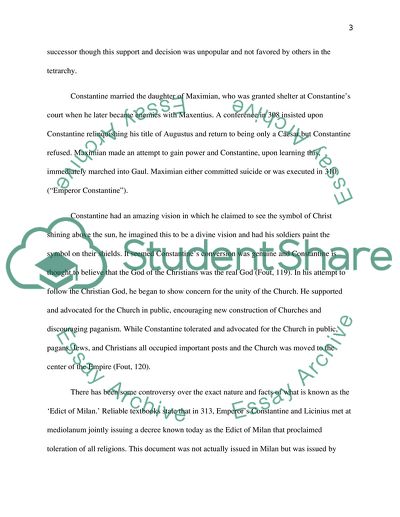Cite this document
(“Constantine the Great Term Paper Example | Topics and Well Written Essays - 1250 words”, n.d.)
Constantine the Great Term Paper Example | Topics and Well Written Essays - 1250 words. Retrieved from https://studentshare.org/religion-and-theology/1592776-constantine-the-great
Constantine the Great Term Paper Example | Topics and Well Written Essays - 1250 words. Retrieved from https://studentshare.org/religion-and-theology/1592776-constantine-the-great
(Constantine the Great Term Paper Example | Topics and Well Written Essays - 1250 Words)
Constantine the Great Term Paper Example | Topics and Well Written Essays - 1250 Words. https://studentshare.org/religion-and-theology/1592776-constantine-the-great.
Constantine the Great Term Paper Example | Topics and Well Written Essays - 1250 Words. https://studentshare.org/religion-and-theology/1592776-constantine-the-great.
“Constantine the Great Term Paper Example | Topics and Well Written Essays - 1250 Words”, n.d. https://studentshare.org/religion-and-theology/1592776-constantine-the-great.


